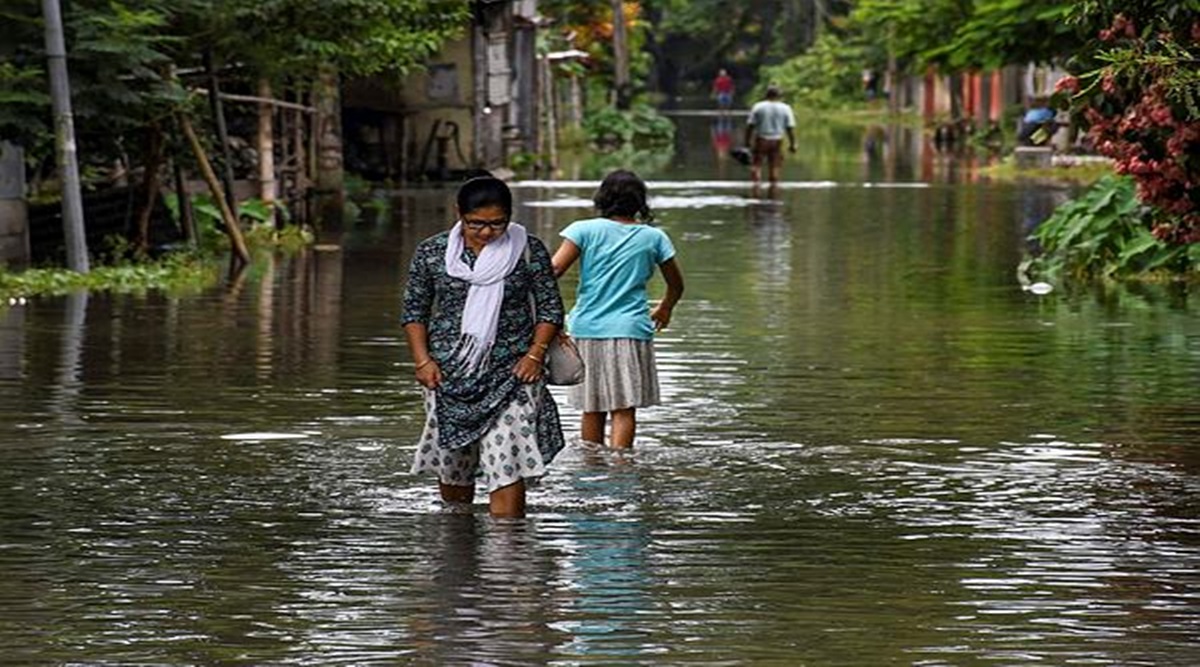The northwestern states of India are currently grappling with an intense and prolonged heatwave, causing widespread distress and health crises across the region. Temperatures have soared to nearly 50 degrees Celsius in several parts, particularly in Rajasthan, exacerbating the situation for millions of residents. This severe heatwave has led to over 40,000 suspected heatstroke cases being reported across the country, with more than 100 confirmed deaths between March 1 and June 18.

Impact on the Northwestern States
The extreme heat has taken a significant toll on public health in states such as Delhi, Uttar Pradesh, Madhya Pradesh, Punjab, and Haryana. Hospitals in these regions are experiencing an increased influx of patients suffering from heat-related illnesses. The persistent high temperatures, both during the day and night, have created a situation where normal daily activities have become hazardous. Notably, there have been alarming reports of birds falling from the sky due to dehydration and heat exhaustion, highlighting the severity of the conditions.
The Union Health Minister, JP Nadda, conducted a review of the heatwave situation and the preparedness of hospitals to manage the influx of heatstroke patients. This review aimed to ensure that healthcare facilities are equipped to handle the surge in cases. In Madhya Pradesh alone, over 5,200 heatstroke cases were recorded in May. Rajasthan also reported a significant number of cases, with upwards of 4,300 incidents last month. The capital city, Delhi, has seen around 20 deaths due to heat-related issues, while Noida reported 14 deaths, further underscoring the lethal impact of the heatwave.
Government Response and Public Health Measures
The government has been actively monitoring the situation, and measures are being put in place to mitigate the impact of the heatwave. Public advisories have been issued, urging people to stay indoors during peak heat hours, stay hydrated, and take necessary precautions to avoid heatstroke. Additionally, healthcare facilities are being equipped with the necessary resources to handle the increased patient load. Emergency services are on high alert, ready to respond to heat-related emergencies promptly.
Northeastern States Grapple with Heavy Rains and Floods
While the northwestern regions of India suffer from extreme heat, the northeastern states are dealing with a different but equally severe crisis. Heavy rains have triggered landslides and floods, causing widespread destruction and displacement. Assam has been particularly hard-hit, with at least six fatalities reported due to the floods and landslides triggered by incessant rain. The India Meteorological Department (IMD) has issued rainfall alerts for Manipur, Assam, Sikkim, and Arunachal Pradesh, warning of continued heavy rainfall in these regions.
In Assam, more than 160,000 people have been affected by the floods. The situation has been exacerbated by the rising waters of the Kopili River, which have surpassed danger levels. The Kopili is one of the major tributaries of the Brahmaputra, one of India’s largest rivers, and its overflow has caused significant flooding in the surrounding areas. The state government and disaster response teams are actively engaged in rescue and relief operations to help those affected by the floods.

Climate Change and Its Impact
This dual crisis of extreme heat in the northwest and heavy rains in the northeast highlights the broader issue of climate change and its impact on India. Scientists have pointed out that human-driven climate change is exacerbating weather extremes, making heatwaves hotter and more prolonged, while also increasing the intensity and frequency of heavy rainfall events. The current situation serves as a stark reminder of the urgent need to address climate change and implement adaptive measures to protect vulnerable populations from its adverse effects.
Also Read: Heatwave Holds Firm Across India, Temps Above 40°C in Some States: IMD Warns